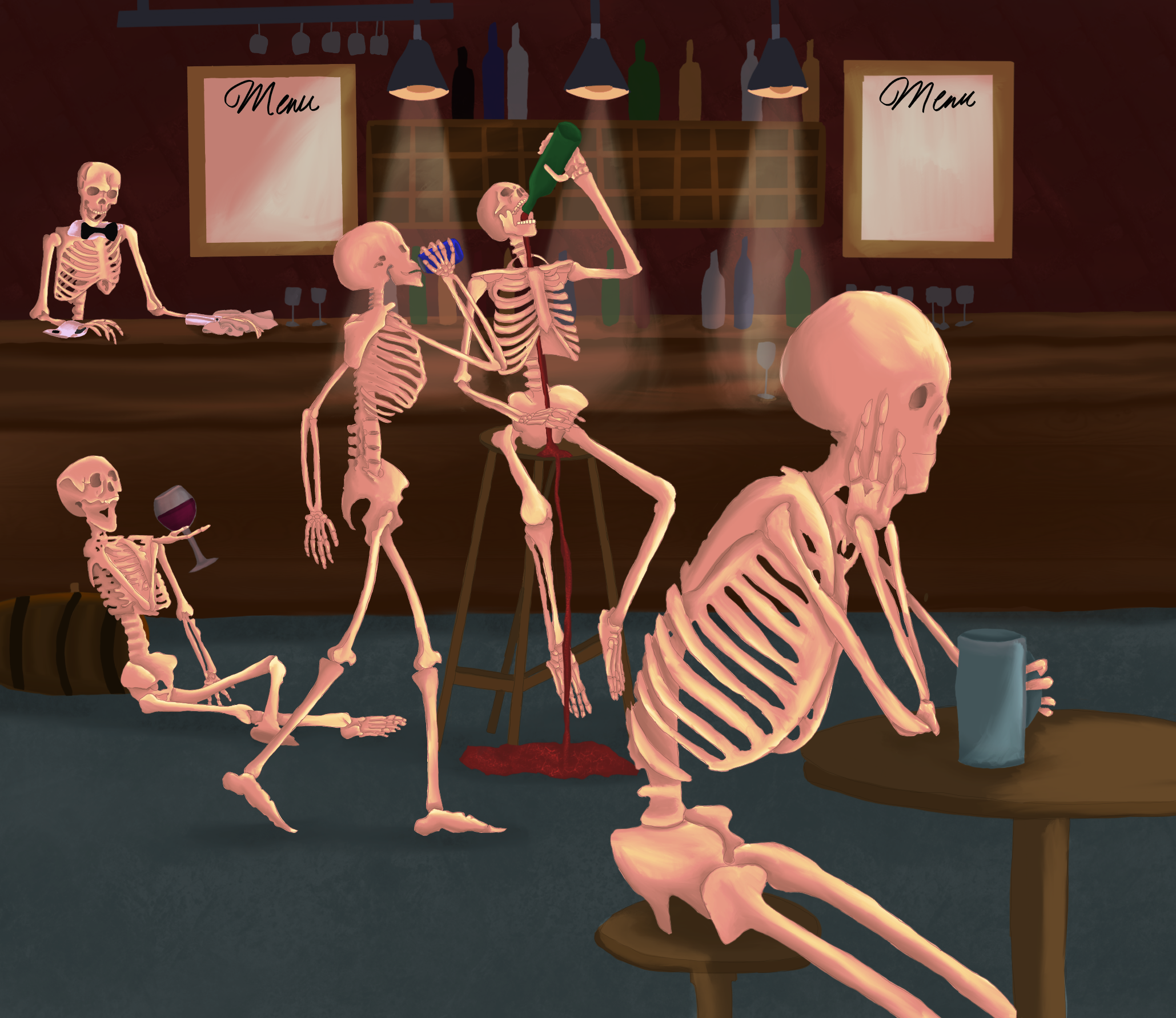
Drugs are dangerous substances and are easily abused, but they also have a grey area, as they can have beneficial and practical uses.
The Oxford English Dictionary defines drugs as any substance, of animal, vegetable, or mineral origin, used as an ingredient in pharmacy, chemistry, dyeing or various manufacturing processes. There are a variety of drugs. Some are legal, others illegal. Some are used recreationally while others medically.
As drugs produce a psychological and physical effect on the user, they can be dangerous; however, some drugs are legal and socially permissible to use despite their dangers. These include caffeine, nicotine, alcohol, opioids (most commonly prescribed but can also be in the form of heroin which is illegal), benzodiazepines (prescribed for anxiety and panic attacks), medication for ADHD and prescription cough syrup.
Of these drugs, caffeine, nicotine and alcohol are the most common and socially permissible drugs. We consume them regularly and in recreational and social events. For many of us, a morning cup of coffee is a habit, and while caffeine does not have as large of a stimulant as nicotine and alcohol, it does affect the body, and a break in caffeine consumption can cause withdrawals.
Even then, the most commonly consumed drug is caffeine. Caffeine in coffee, tea and dark chocolate is natural and moderate consumption is insignificant to dependency issues. However, like anything else, people can abuse caffeine. Increased caffeine consumption in medicinal drugs, energy drinks and sodas can affect sleep, energy and anxiety, causing caffeine dependency.
Other examples of recreational drugs are alcohol and tobacco products such as cigarettes, cigars and hookah, which all contain nicotine.
There are several categories of drugs, but they are commonly divided into three broad groups: stimulants, depressants and hallucinogens.
Cocaine and caffeine are both considered stimulants, while alcohol is a depressant. Marijuana can be categorized as all three because it has a different effect on everyone. It is more often classified as a stimulant and depressant than a hallucinogen, as hallucinations rarely occur with users.
Drugs have both long-term and short-term risks. The short-term risks are the immediate sensations and impairments of the drug during intoxication, and the long-term risks are those that occur over time with consistent and increased use. Those include heart and central nervous system damage, liver disease, kidney, gastrointestinal and respiratory damages. Drug abuse can also harm the brain affecting brain cells, memory and cognitive function.
So why are some drugs legal while others are not?
Drugs can be beneficial, especially in the medical field. Prescription drugs, such as opioids, are commonly prescribed painkillers. They are highly addictive because they provide both pain relief and a sense of euphoria. Their addictive nature can cause drug dependence that can lead to misuse, overdose and death.
However, drugs are both the crux and crutch of the medical field; surgery would not be as seamless as it is without anesthetics. But they are not held as tightly on their leash as they should, which caused the War on Drugs and the opioid crisis.
Like anything, drugs have their practical uses, and most things (not everything) are good in moderation. If legalized, drugs have to be heavily regulated. Legal drugs can be just as lethal as illicit drugs. The effects of drug misuse, when left unchecked, run rampant and ruin lives.
So in this unique circumstance, prioritize your health and knock it before you try it because “addiction does not discriminate.”
